The Renault Kangoo range of small vans was launched in 1997, and with more than two decades of production across two model generations behind it, it has some serious runs on the board. In fact, Renault tells us the Kangoo has been Europe’s number-one van range for 18 years and counting.
The automotive giant’s experience in LCVs shows in the latest version of the long-wheelbase Maxi Van diesel auto, which offers a competent alternative to VW’s popular Caddy Maxi Van equivalent, and at a much lower price.
Renault Kangoo 2018: Maxi
| Engine Type | Diesel Turbo 4, 1.5L |
|---|---|
| Fuel Type | Diesel |
| Fuel Efficiency | 5.4L/100km (combined) |
| Seating | 2 |
| Price From | $13,860 - $18,260 |
| Safety Rating |
|
Does it represent good value for the price? What features does it come with?
The Kangoo range comprises Compact Van, Maxi Van and Maxi Crew variants with a choice of six-speed manual or new six-speed dual-clutch automatic. Our test vehicle is the Maxi Van which, with a 1.5-litre turbo-diesel and an automatic gearbox, retails at $29,990. That's a substantial 16 per cent saving over its popular rival, the Caddy Maxi Van TDI250 with 2.0-litre turbo-diesel and six-speed dual-clutch automatic at $34,790.
For its attractive pricing, the Kangoo Maxi offers a utilitarian work-focused specification with 15-inch steel wheels and 195/65 R15 95T tyres with a matching spare (alloys are optional), glazed dual rear doors with window wiper/washer and 180-degree opening, plus unglazed sliding doors on both sides.
The cabin is neat and functional with a basic audio system offering the usual connectivity options and steering-mounted controls. There are more useful features available, but you must pay extra for them, like a rear-view camera, sat-nav etc. Renault also offers a good choice of paint colours, an extensive range of work-tailored accessories and an optional 'Trade Pack'
Is there anything interesting about its design?
The Maxi Van rides on a stretched 3081mm wheelbase, which is 384mm longer than the Kangoo Compact Van. It also comfortably exceeds its smaller sibling in overall length, height and load volume, but shares the same width. The extra length results in a larger 11.9m turning circle.

There are disc brakes all round, steering is power-assisted, and suspension is via MacPherson struts up front and a well-designed beam axle rear, with torsion bar primary springing and a pair of ‘booster’ coil springs for heavy loads.
All-round vision is only reasonable, given the lack of side glazing and huge blind spots that result. However, there are reverse parking audio sensors (very handy), and the rear doors are asymmetrically split (one wide, one narrow) to minimise obstruction in the rear view mirror. The enormous windscreen provides a panoramic view from a spacious and airy cabin, offering cathedral-like headroom for even the tallest of drivers.
How practical is the space inside?
The relatively light 1400kg kerb weight and 2200kg GVM provide a useful maximum payload of 800kg. And with a 3250kg GCM, the Maxi can tow up to 1050kg of braked trailer without having to reduce that payload, which is a practical and user-friendly combination.
The Maxi’s stretched cargo bay is 1862mm long, and there’s 1218mm between the wheel arches. With easy forklift access through the rear doors, it will take one standard Aussie pallet but is not quite long enough for two. Even so, with its 800kg payload rating and 4.0 cubic metres of load volume, the Maxi can swallow a heap of cargo, with a total of 14 tie-down points to secure it.
Personal storage includes bottle holders and pockets in the front doors, a large open cubby in the centre of the dash-pad - with a smaller one above the single glovebox - plus a centre console with an open cubby at the front, a single cup holder in the centre and a lidded box at the rear which doubles as an arm rest. There’s no standard overhead storage shelf (there should be), but one is available as an option.
What are the key stats for the engine and transmission?

The refined and Euro6-compliant 1.5-litre four-cylinder common rail turbodiesel is a gem, with 81kW at 4000rpm and maximum torque of 250Nm at 1750rpm. However, the torque surge remains strong either side of that rpm figure, providing impressive flexibility. There’s also an ECO mode which can be manually selected.
The six-speed dual-clutch automatic provides crisp, smooth shifts and gearing that gets good performance from this engine. There’s also a sequential manual shift mode, but this transmission works so well as a self-shifter you rarely need to use it. However, as we discovered during our test, it does over-ride manual gear selections at awkward times (see Driving).
How much fuel does it consume?
Renault claims a straw-sipping combined figure of only 5.4L/100km, and the dash display was showing 5.9 at the end of our 317km test, which included a variety of roads and different payloads including near-maximum GVM. Our figure, based on fuel bowser and trip meter readings, came in at a still frugal 6.6L/100km. And that was without ECO mode activated, which means you could expect a huge driving range of at least 900km from its 60-litre tank. Who needs a hybrid?
What's it like to drive?
There’s enough adjustment between the steering wheel and seat for drivers of most shapes and sizes to find a comfortable position. However, the on-off switch for the cruise control is mounted low on the right of the dashboard where it’s hard to see and operate. A better place for this would surely be on the steering wheel.
Like its smaller Kangoo sibling, the Maxi is quite fun to drive. The 1.5-litre turbodiesel’s ample torque and slick-shifting dual-clutch automatic provide lively getaways from standing starts and plenty of low-speed response, making it well suited to zipping in and out of heavy traffic in typical city and suburban delivery work.

On the highway, it sits comfortably on 2000rpm at 100km/h and 2400rpm at 110km/h. Like all commercial vans, the greatest internal noise comes from tyre roar through the rear wheel arches. We would strongly recommend fitting the optional full-sealed bulkhead, to not only insulate the cabin from this din, but also to provide a much-needed cargo barrier. In standard form, there are only two thin vertical bars providing cargo protection behind the driver and there’s no protection at all for the passenger.
Ride quality when empty is pretty good for a vehicle rated to carry more than three-quarters of a tonne. The suspension is firm but the ride quality is more compliant and supple than you would expect, even with the tyres at their recommended peak pressures for load carrying (33psi front/42psi rear).
The suspension is just as competent with a big payload. We had 650kg in the cargo bay, which with a 100kg driver, was only about 50kg under the 800kg payload limit. The rear suspension compressed 60mm and the front dipped 10mm, but there was little change in ride quality, steering or braking response. Despite numerous large bumps and dips, the heavily loaded rear suspension never hit the bump stops.
It was a surprisingly energetic and competent performer with this load on board. There was no shortage of torque either, as it easily cleared our 13 per cent gradient 2.0km set climb, self-shifting down to fourth gear at 2000rpm and easily maintaining the 60km/h limit all the way to the top.
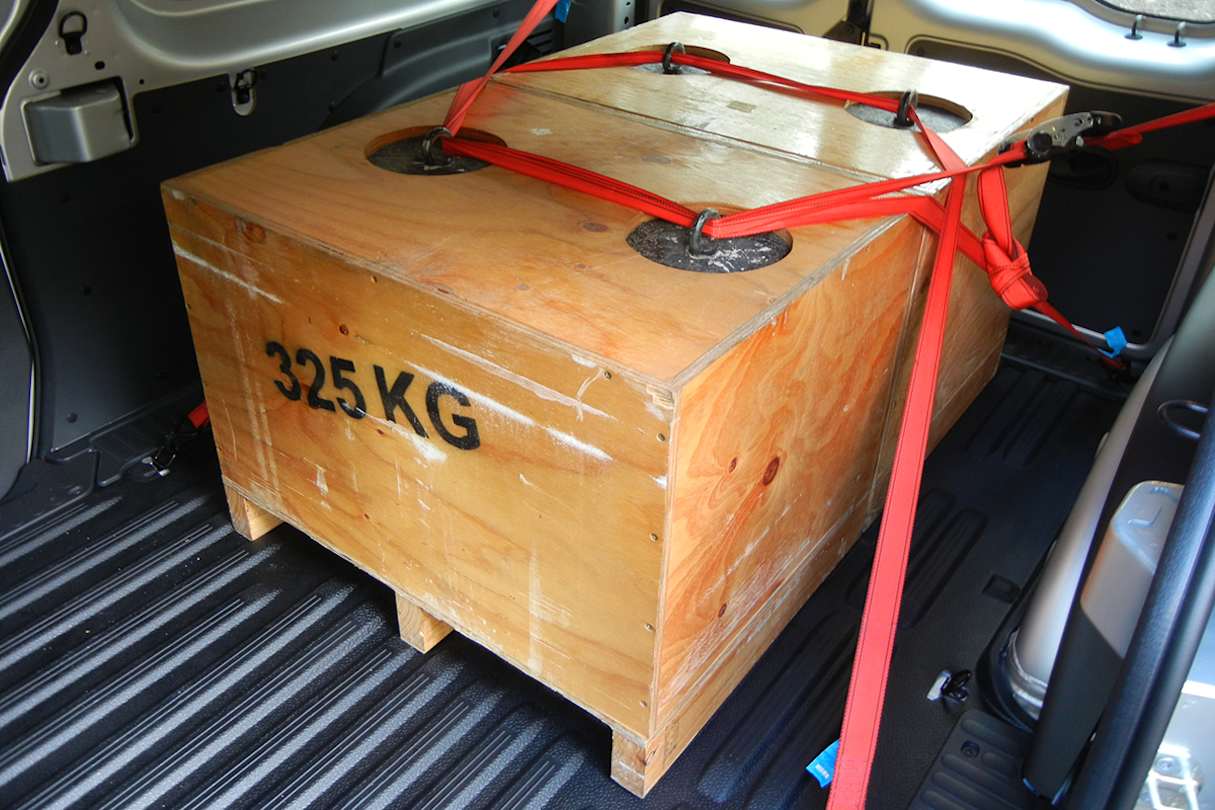
Engine braking on the way down was compromised, though, by the dual-clutch automatic’s insistence on overriding our manually-selected second gear. It automatically shifted up to third each time the engine reached 4250rpm on over-run, even though there was 1000rpm still to go before it hit the 5250rpm soft redline (where you would expect to find such an intervention).
So what’s the point of manual selection if it doesn’t do what the driver wants it to do within safe operating limits?
Warranty & Safety Rating
What safety equipment is fitted? What safety rating?
A four-star ANCAP rating (from a maximum five) includes driver and passenger front and side airbags, emergency brake assist, electronic stability control, hill-start assist and 'Grip Xtend' (intelligent traction control) - but no AEB. All doors automatically lock when speeds reach 30km/h. There’s also rear fog lights and reverse parking sensors. A rear-view camera is optional, but really should be standard given the huge blind spots.
What does it cost to own? What warranty is offered?
Expect a three-year/200,000km warranty and up to four years of roadside assistance if serviced by Renault. The Kangoo has service intervals of 12 months/15,000km, with capped pricing of $459.00 for each of the first three scheduled services.
Verdict
The Kangoo range is outsold almost three to one by VW’s Caddy range, which continues to dominate Australia’s small (sub-2.5 tonne GVM) van segment. However, the Kangoo Maxi diesel auto is a better vehicle than Kangoo sales would suggest, with a superior safety rating (Caddy Maxi has no ANCAP) and a much lower price.
Certainly worthy of due consideration if you’re shopping for a small van.
Is the Renault Kangoo a worthy rival for the dominant VW Caddy? Let us know what you think in the comments.
Pricing Guides







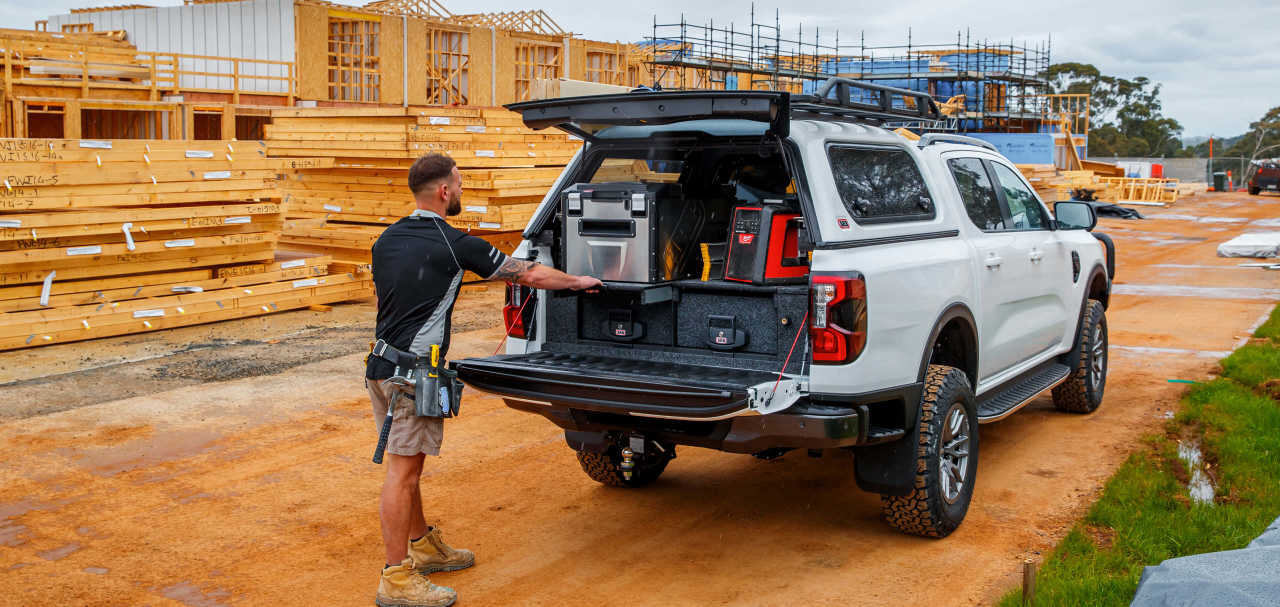

.jpg)












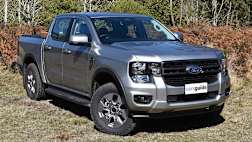
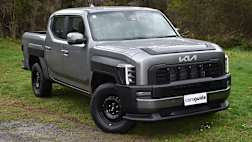

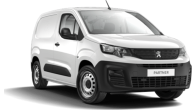

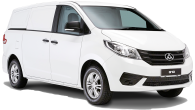
.jpg)
.jpg)
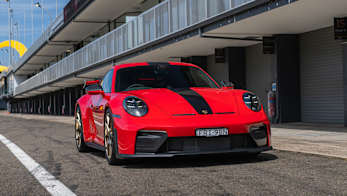
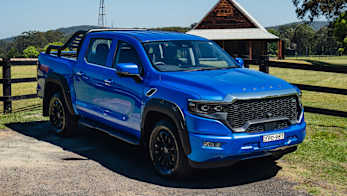
.jpg)
